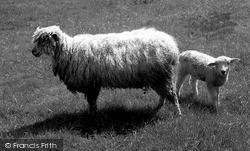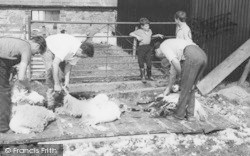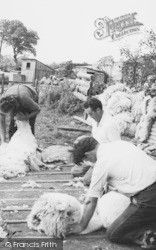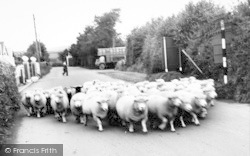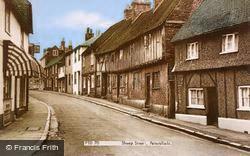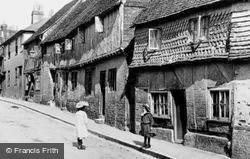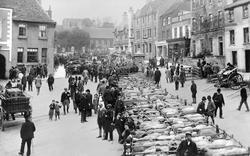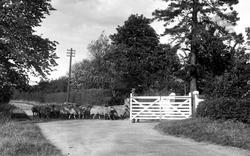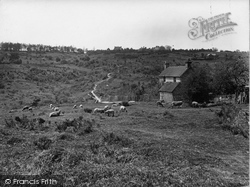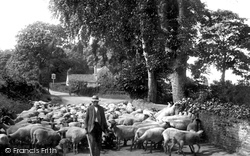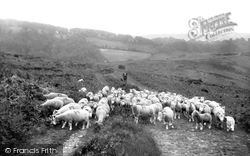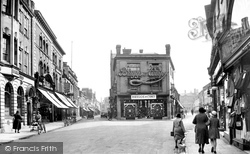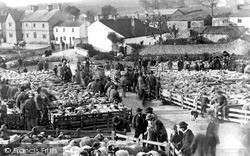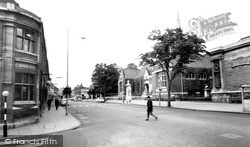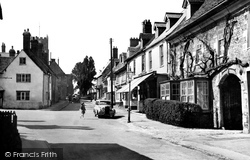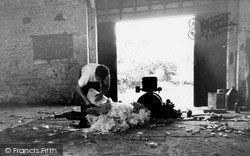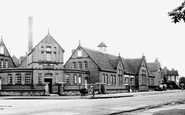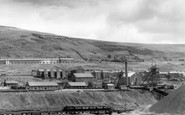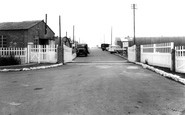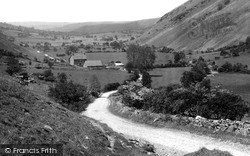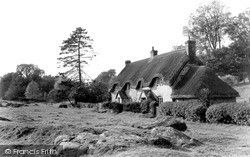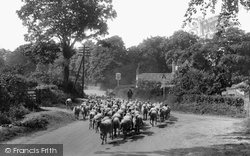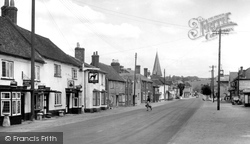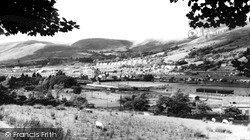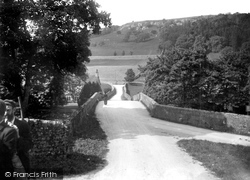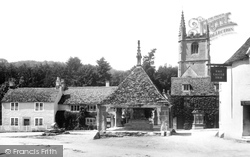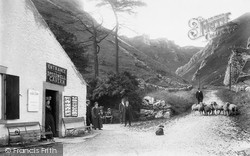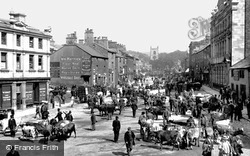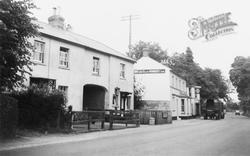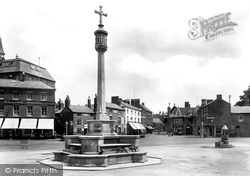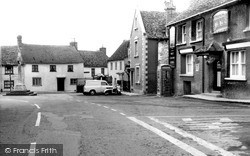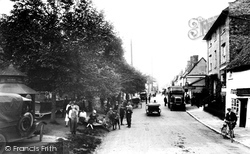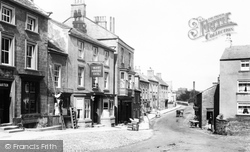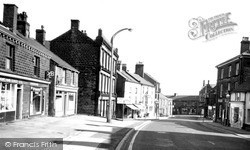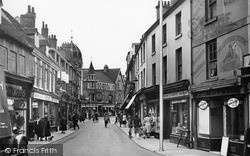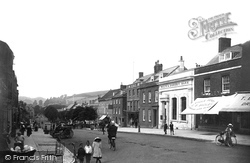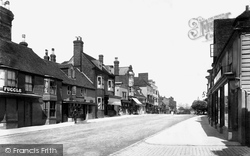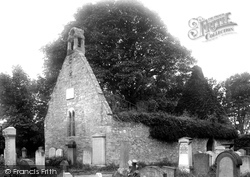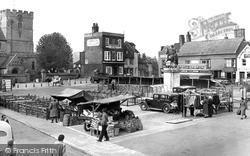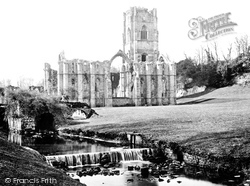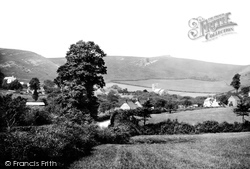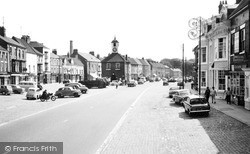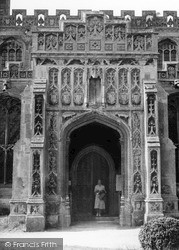Places
1 places found.
Those places high-lighted have photos. All locations may have maps, books and memories.
Photos
217 photos found. Showing results 101 to 120.
Maps
38 maps found.
Books
Sorry, no books were found that related to your search.
Memories
226 memories found. Showing results 51 to 60.
Hilltop
My Grandad and Nan(Fred and Minnie Mellott) owned the Grocers Shop ON Hilltop next to the butchers,my Dad and Uncle were born there (Roy Mellott and Brian Mellott). I have lots of memories as a child stopping with my nan and grandad, ...Read more
A memory of Eastwood in 1960 by
Holliday Fun
I SPENT MANY HAPPY HOLIDAYS WITH MY UNCLE JIM ROUTLEDGE AT HIS COTTAGE CALLED WOODEND TINDALE FELL. MY BROTHERS AND I WOULD FISH IN THE BURN THAT RAN PASSED HIS COTTAGE WE WOULD PADDEL ,MAKE DAMS. GO UP TO TINDALE POST ...Read more
A memory of Tindale Fells by
Evacuee In South Petherton
My Mother Joyce Ladbury was evacuated to South Petherton at the beginning of WW2 aged 9 years. She stayed with a few families but most of all loved the Gaylard family. Mrs Gaylard and twin daughters Gwen and Cis ( or ...Read more
A memory of South Petherton by
Traditional Morris Dancing On Dartmoor
The East Dart Hotel is located towards the middle of lonely Dartmoor and the drive there has fabulous views of the Tors. Mind you its not easy for a driver to admire the scenery as in the evenings there ...Read more
A memory of Postbridge in 2012 by
Newington Terrace
When I was young in the 1950s I would spend some weeks of my summer vacation at my grandparents' house at 11 Newington Terrace, Elizabeth and Albert Torr. I remember swimming in the river, we would go to the weir and remove ...Read more
A memory of Craven Arms by
To Wheatley And Back
After the Second World War and during the austere period of rationing, among the items that were in short supply was coal. People would burn anything in order to keep warm, and many were the trips that I ...Read more
A memory of Intake in 1947 by
Pantddu Farm And Aberbeeg
I grew up in the farm in the picture. My parents were Ern and Megan Sheppard. Dad delivered milk for many years, initially from churns carried around in a horse and cart and later the milk was in glass bottles from a ...Read more
A memory of Aberbeeg in 1940 by
The Old Village
I remember George's second hand shop in the village, my nan would take me and my brother there for a treat that was the highlight of the week for us. Also the pie and eel shop, with the brightly coloured tiles outside on the wall. ...Read more
A memory of Dagenham in 1951 by
More Memories From My Childhood In Gilfach
I remember when I was little there was a shoe shop called Dimmocks, also near the church I remember a shop called The Dairy where I was allowed 3d worth of sweets if I'd been good, they came in a ...Read more
A memory of Gilfach Goch in 1961 by
My Memories Of Plasterdown Camp
Following my basic training at Crownhill Barracks Plymouth in June 1951 I was transferred to Plasterdown Camp to complete intensive training until October 1951. I was in the Wiltshire Regiment and as I came from ...Read more
A memory of Tavistock in 1951 by
Captions
200 captions found. Showing results 121 to 144.
Along this road passed thousands of cattle with 'cues', or two-part iron shoes, on their feet, along with sheep, pigs and geese, the latter with their feet dipped in tar and sand.
In fact these huge blocks slithered down the sides of the hills after the last ice age, and have sometimes been mis- taken for resting sheep.
His sheep have just been sheared, and are watched over by his dog in the foreground.
Sheep could be rested and watered in the valley before resuming the drove to Weyhill Fair.
It looks later in the year, perhaps high summer, with the sheep in the foreground being newly shorn.
This is prime sheep-farming country, with wide open fields on either side of the river valley. When Charles Kingsley stayed at Bridge End, the area inspired him to write his novel The Water Babies.
The Cotswold stone tower of St Andrews Church stands fittingly adjacent to the Market Cross, the scene of Castle Combe's once famous sheep market.
Here we have the entrance to the Speedwell Cavern, and Winnats Pass is little more than a track for sheep.
Gateway to the Dales and the first town in Airedale, Skipton was a centre for sheep and cattle rearing; even its name is derived from Sheeptown. In the distance is the tower of Holy Trinity Church.
Until the Second World War, sheep and horses were traded.
Market Harborough's tribute to the fallen occupies pride of place in The Square, originally called the Sheep Market, which lies at the southern end of the market place.
This area of Malmesbury was once called the Sheep Fair; it is in the parish of Westport, which by the late 19th century became a civil parish of westport St Mary Within.
Pens for cattle and sheep can be glimpsed under the trees, and a large lorry waits to carry its four-footed cargo away.
One of Masham's distinctive features is its large market place, where fairs would see as many as 70,000 to 80,000 sheep and lambs up for sale.
It was not always quiet on the streets of Penistone; until 1910 cattle and sheep were sold in the streets on Thursdays, and many a deal was struck over a pint or two at the Spread Eagle Hotel.
This view looks south along Market Street past the Midland Road junction towards Sheep Street.
This view depicts the bustle in West Steet, with children and cycles, and a flock of sheep being driven uphill (left of centre). Market stalls for animals can be seen between the trees.
It grew fat in the Middle Ages on sheep, wool and weaving, and later became a market town. Its broad High Street has a pleasing mixture of half-timbered buildings and elegant Regency houses.
Burns's father, who had repaired the kirk wall to keep the sheep at bay, is buried in the churchyard.
This Wednesday morning 9 o'clock photograph is the first view we have in this book of Sheep Street in the far corner of the Square.
Founded in 1132, Fountains was given large tracts of land on which to raise sheep. A
Their character is very different from the Quantocks or Exmoor; here, sheep scratch an existence from the poor limestone soils, and the fields are divided by dry stone walls.
The high chimney visible over the roof tops served a traditional skinyard treating sheep skins and other animal skins.
The porch is decorated with the de Vere stars, coats of arms and two boars, often mistaken for sheep, a play on words, as 'verres' is Latin for a boar pig.
Places (1)
Photos (217)
Memories (226)
Books (0)
Maps (38)


